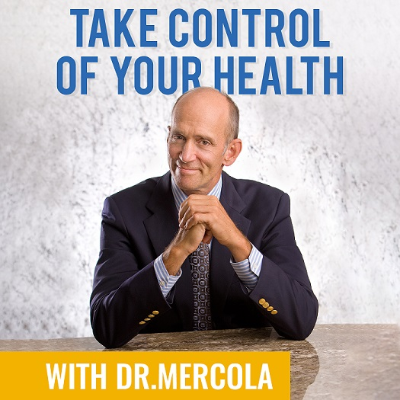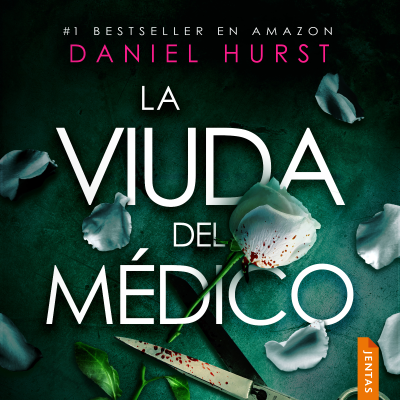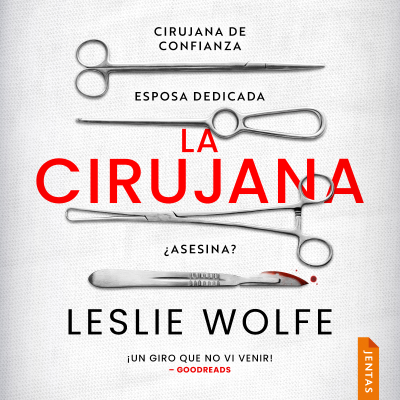
Dr. Joseph Mercola - Take Control of Your Health
inglés
Desarrollo personal & Salud
Disfruta 30 días gratis
4,99 € / mes después de la prueba.Cancela cuando quieras.
- 20 horas de audiolibros / mes
- Podcasts solo en Podimo
- Podcast gratuitos
Acerca de Dr. Joseph Mercola - Take Control of Your Health
Listen to Dr. Mercola's Weekly Podcast, as the legendary natural health pioneer continues to lead you on your journey towards optimal health.
Todos los episodios
1100 episodiosCircadian System Disruptions in Sleep Apnea Increase the Risk of Nighttime Cardiac Events
* New research shows that people with untreated sleep apnea experience a sharp nighttime drop in blood vessel function driven by the circadian system, increasing vulnerability to heart attacks and other cardiac events * In a tightly controlled sleep-lab study, participants' arteries showed their worst ability to dilate around 3:00 a.m., revealing an 82% decline in vascular function during the biological night * This impairment persisted even after adjusting for blood flow, sleep quality, and apnea severity, confirming the circadian system — not behavior or breathing events — directly weakens vascular health at night * The findings help explain why people with sleep apnea experience more nighttime cardiac events, contrasting with the general population's morning peak in heart attacks and sudden cardiac death * Researchers emphasize that understanding circadian timing may help refine cardiovascular treatments for sleep apnea patients, including optimizing medication schedules to enhance nighttime vascular protection
Gum Disease and Cavities Strongly Linked to Higher Stroke Risk
* People with both gum disease and cavities have nearly double the risk of suffering an ischemic stroke compared to those with healthy teeth and gums * Chronic oral inflammation allows harmful bacteria and toxins to enter your bloodstream, damaging arteries and increasing blood clot formation that blocks blood flow to your brain * MRI brain scans show that gum disease alone causes silent brain injuries known as white matter lesions, which are early signs of stroke and cognitive decline * Regular cleanings, good oral hygiene, and biological dental care dramatically reduce stroke risk by preventing infection, lowering inflammation, and protecting the health of blood vessels * Healing your mouth through better nutrition, natural oral care, and toxin-free dentistry strengthens your gums, restores circulation, and supports long-term brain and heart health
Inulin-Rich Vegetables Help Protect Your Liver from Fructose Damage
* Fatty liver disease now affects nearly four in 10 adults, but research shows that eating inulin-rich vegetables like onions, garlic, and leeks helps your gut bacteria "consume" harmful sugars before they can damage your liver * Scientists at UC Irvine discovered that inulin "trains" your gut microbes to block sugar overload, lower liver fat, improve insulin sensitivity, and boost antioxidant defenses that protect your cells from inflammation * Inulin's benefits begin in the small intestine, where microbes ferment fiber into compounds that intercept fructose early, reducing sugar spillover into the bloodstream and preventing new fat formation in the liver * A small daily intake of cooked onions or garlic strengthens your gut-liver connection naturally, helping stabilize energy, reduce bloating, and improve digestion without relying on supplements * Consistency matters more than quantity — Feeding your gut steady amounts of this natural fiber trains it to defend your liver, balance blood sugar, and support long-term metabolic health
Limiting Sugar Early in Life Builds Stronger Hearts and Healthier Futures
* Babies exposed to less sugar during pregnancy and early childhood have dramatically lower risks of heart disease, stroke, and diabetes later in life, showing that the first 1,000 days shape lifelong cardiovascular health * A large BMJ study found that those born under postwar sugar rationing had up to 31% lower risk of stroke and 27% lower risk of dying from heart disease, with the strongest benefits seen when sugar restriction lasted through infancy * Early sugar restriction helps prevent fetal hyperglycemia and inflammation that damage developing blood vessels, leading to stronger heart function, smoother blood flow, and better blood pressure regulation in adulthood * Most U.S. infant formulas contain added sugars equal to about two cans of soda per day for a formula-fed baby, yet labels don't disclose these ingredients — leaving parents unaware of the hidden metabolic risks * Parents can safeguard their child's heart and metabolism by breastfeeding or making homemade formula, delaying all added sugars for the first two years, and modeling healthy eating habits at home
Butyrate's Impact on Your Immune System
* Butyrate, a short-chain fatty acid produced when gut bacteria ferment dietary fiber, serves as both an energy source for colon cells and an important signaling molecule for immune regulation * By inhibiting histone deacetylases (HDAC) and suppressing the NF-κB pathway, butyrate acts as a powerful anti-inflammatory agent, helping prevent chronic inflammation that contributes to various diseases * Butyrate promotes regulatory T cell development while modulating other immune cells, helping maintain immune tolerance and preventing autoimmune responses while supporting balanced immune function * Butyrate plays a significant role in managing chronic diseases like IBD, multiple sclerosis and Type 2 diabetes by reducing inflammation and supporting gut barrier function * Emerging research suggests that butyrate influences brain health by modulating the gut-brain axis; it reduces neuroinflammation and supports cognitive function, and plays a supporting role in the prevention of neurological disorders like Alzheimer's disease and depression
Elige tu suscripción
Premium
20 horas de audiolibros
Podcasts solo en Podimo
Podcast gratuitos
Cancela cuando quieras
Disfruta 30 días gratis
Después 4,99 € / month
Premium Plus
100 horas de audiolibros
Podcasts solo en Podimo
Podcast gratuitos
Cancela cuando quieras
Disfruta 30 días gratis
Después 9,99 € / month
Disfruta 30 días gratis. 4,99 € / mes después de la prueba. Cancela cuando quieras.

































